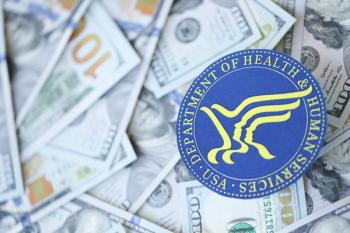
Will a waiver protect me from COVID-19 infection claims?
As physicians across the country get their practices reopened and back to the new normal, we examine COVID-19 infection liability waivers and their effectiveness in managing patient infection lawsuits.
As physicians across the country get their practices reopened and back to the new normal, we examine COVID-19 infection liability waivers and their effectiveness in managing patient infection lawsuits.
Coronavirus infection liability creates significant professional and personal legal risk for doctors. From family practices to cosmetic surgery, practices are struggling to
Shockingly, practices across the country are taking very different approaches to protect their patients and staff. One Scottsdale medical professional told me about her own recent medical visit to her physician; no pre-screening, no temp check, no signage about not entering if sick, no social distancing, and no masks. She asked her doctor why they weren’t taking those basic precautions and he responded, “Well, we haven’t had any cases in here yet”. My response was that a doctor’s office should be at least as hard to get into as an Apple store, which recently required every single item on the list above of me, before I could enter.
Will A Covid-19 Infection Liability Waiver Protect Me?
A well drafted waiver can be one part of a risk management plan but like most asset protection strategies, should not be relied upon as complete protection on its own. Waivers cannot provide a shield against recklessor intentional conduct and are typically only effective against mere “negligence”. Waivers may be frowned upon by courts, are construed in favor of the plaintiff and may also specifically be void for public policy in certain settings. As such, waivers should narrowly comply with state law and should be professionally drafted. Other layers of protection should always include insurance and fact specific legal tools.
Enforceability of Waivers —Four Important Factors the Courts Will Examine
- Was it clear and obvious that they were signing a “Covid19 Infection Liability Waiver” and that it “may affect important rights and future legal remedies”? (make it dummy-proof, don’t minimize its importance at check in or pre-screening, etc.)
- Was the too broad or inclusive or was it narrowly drafted with language specific to the risk of COVID-19 infection in a public setting? Avoid ‘kitchen-sink’ waivers that throw in too many items.
- Did the patient have meaningful opportunity to review, question and reject the waiver before treatment was rendered? Did the patient have a choice (i.e. emergency services were required) and did they provide informed consent? Consider providing the waiver in advance as part of your pre-screening process.
- Evidence of sterilization and safety standard compliance is another vital line of defense. Is your organization able to provide affirmative defenses like the following about the proactive steps you took and the expenses you incurred specifically to prevent infection?
- Are you compliant with standards and safety protocols established by local, state and federal law?
- Are you compliant with industry standards including any guidelines provided by your specialty medical associations?
- Do you have a uniformly enforced infection compliance and office safety program in place for sterilization and staff and patient screening that all staff and patients are aware of? Yes, this means denying service to those who won’t comply.
Are You Obtaining Specific Informed Consent on Infection and All Other Associated Risks?
Obtaining informed consent about COVID-19 infection risks and all its other potential effects on patient treatment is another vital affirmative defense and waivers are always more effective when backed by it. Effective informed consent forms and procedures DO NOT merely add a line about infection risk, seek professional guidance and document this additional communication carefully.
Think broadly and advise patients of possible treatment delays that may occur due to their illness, staff illness, local law (lockdowns, elective treatment restrictions), hospital bed availability, PPE availability and other issues beyond your control.
- Discuss options for and risks of delayed treatment
- Disclose your COVID-19 screening and testing requirements to be cleared for treatment including the risks of false negative tests
- Discuss post treatment follow up protocols
About the Author
Newsletter
Optimize your practice with the Physicians Practice newsletter, offering management pearls, leadership tips, and business strategies tailored for practice administrators and physicians of any specialty.













